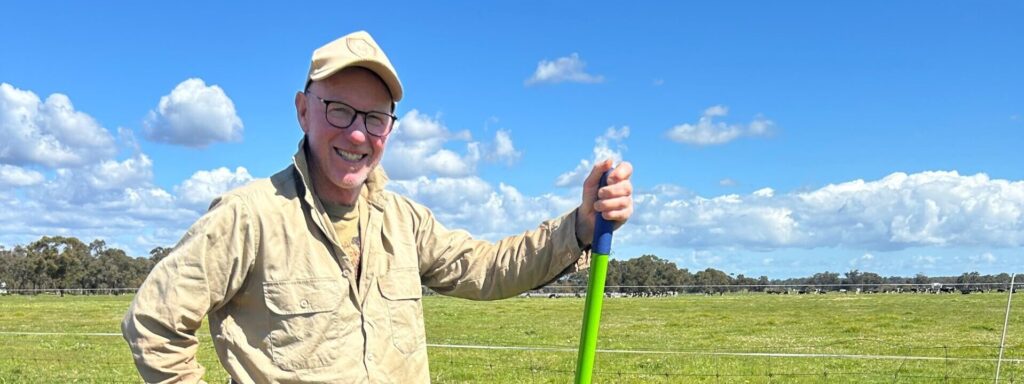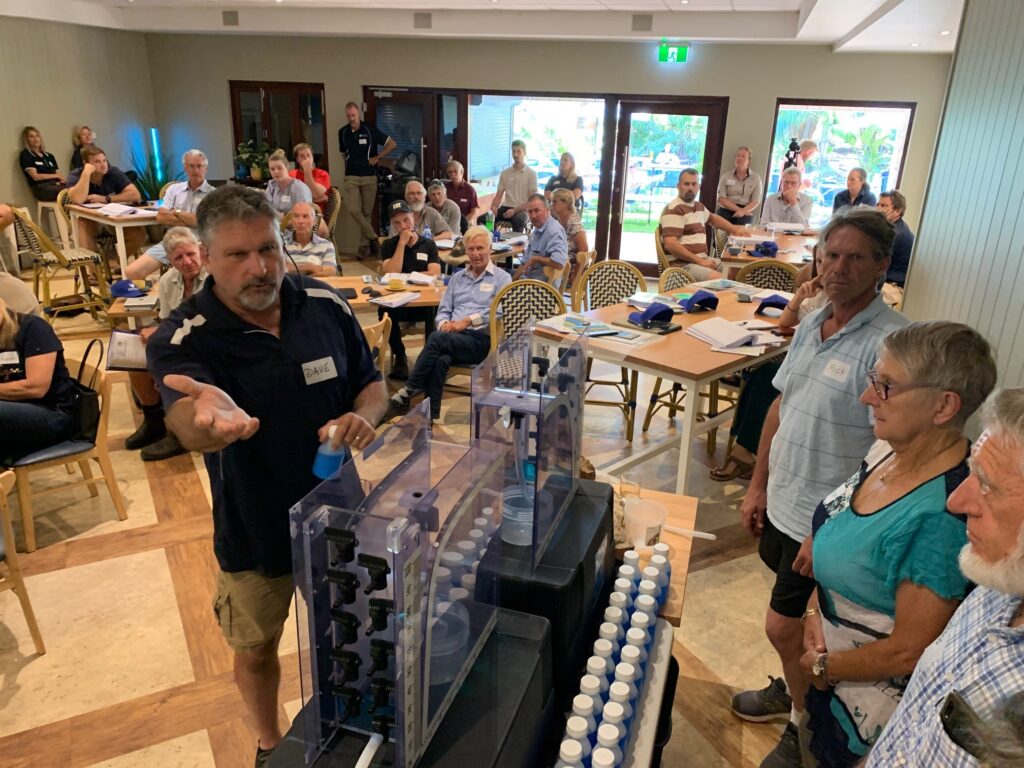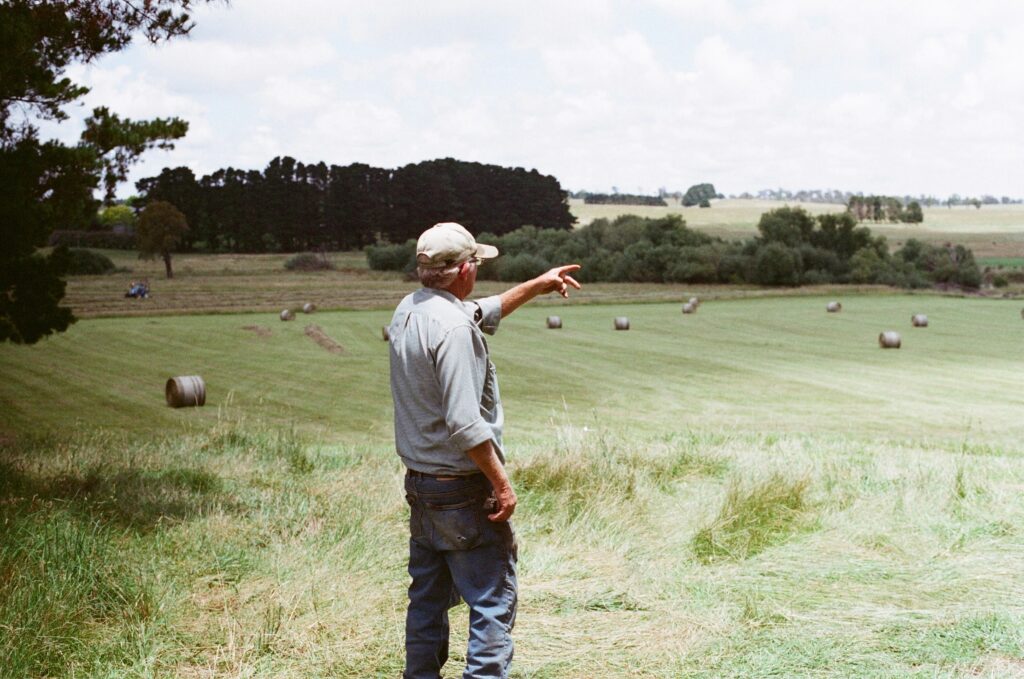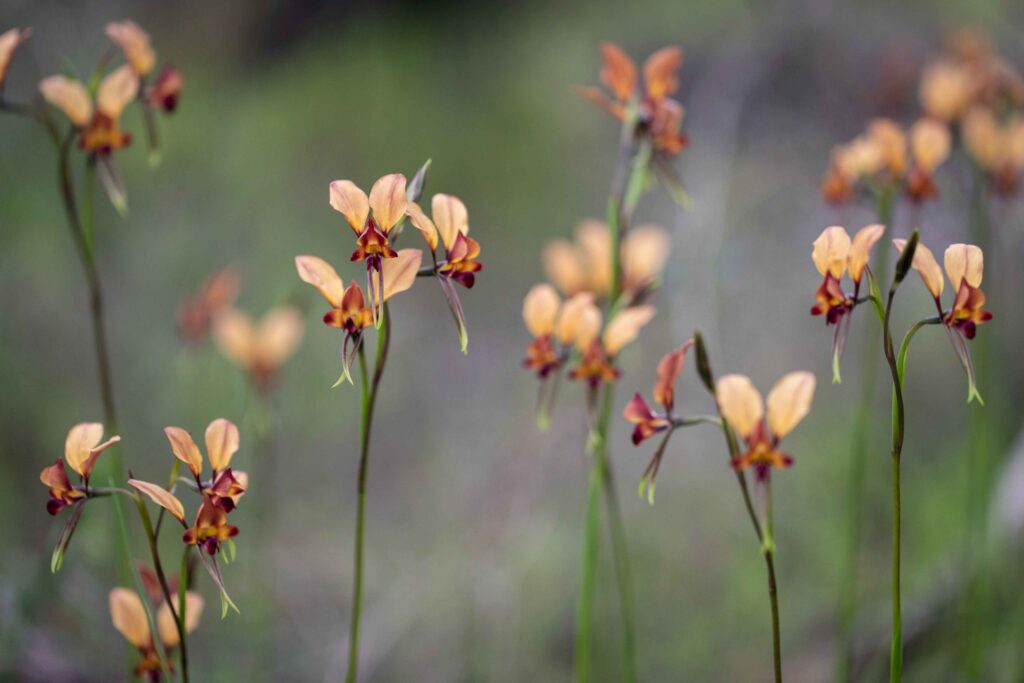More than 20 local farmers turned up to the Yelverton family farm in Quindalup recently for GeoCatch’s Discovering Dung Beetles Walkshop, a hands-on field walk all about one of farming’s tiniest workers, the dung beetle.
Kylie Cook from the Wilson Inlet Catchment Council led the event, sharing her passion for these amazing little creatures. With all the late rain across the Capes, dung beetle activity in paddocks has been off to a slow start. But now that things are drying out, the beetles are out and about, and judging by what was found on the day, they’re already busy at work.
During the paddock walk, participants spotted at least five different dung beetle species, each with its own features and seasonal habits. These little critters are doing big things across the Geographe Catchment, breaking down manure, improving soil health, assisting with water infiltration, and not to mention, helping to keep bush flies and parasites at bay.
The event is part of a broader project, The Dung Beetle Soil Health Initiative, to monitor dung beetle activity across the region, and educate landholders on how to increase dung beetle activity on their properties. The project, in partnership with Southern Forests Community Landcare and the Department of Primary Industries and Regional Development, aims to determine which species are thriving locally and when, so gaps in timing can be identified and consideration given to whether new species could be introduced.
Having dung beetles active year-round could help reduce fly numbers across the catchment, which is only good news for farmers, the local community, and visitors to the region.
To learn more about GeoCatch’s dung beetle monitoring project, visit www.geocatch.asn.au
This project is supported by The Dung Beetle Soil Health Initiative – a collaborative effort to enhance dung beetle value to livestock producers.
Photo Above: Farmers from across the catchment came to learn about dung beetles and their role in improving soil health and reducing flies.
Photo 2: Kylie Cook sharing her knowledge on how to identify the presence of dung beetles and abundance by simply placing dung in a bucket of water and waiting – the beetles will float to the surface before flying off.
Photo 3: Dung Beetle









